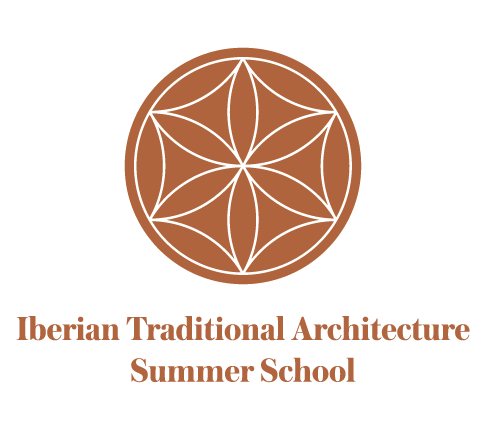Reflections on Cantabria Summer School 2019
by Madison Hemenway
Where I come from
All the research in the world could not have prepared me for the experience that was Cantabria Summer School 2019. When I applied, I had just started my actual college education in Architecture that spring. I hadn’t even had an architecture studio yet. I was surprised to be accepted, and so thankful! What a way to start off one’s architecture education! The research I did to prepare my application taught me much in what the Rafael Manzano Prize supports and encourages, and I learned what the mission of the program was. After my admission, I did much research into the trip, where we would be going, tips on architectural measuring, and what I should bring (my professors can attest to this since I pestered them with 1,988,372 questions). It made me anxious to attempt what I hadn’t attempted before in this new field. However, what a difference there is between research and experience…

What I expected
All my expectations for the trip were well satisfied, and I came away with much more than I had hoped for. I wanted to learn about identity. In many communities in the United States, there is a struggle with the identity of a place, what holds them together. We live such a transitory life that it is hard to stop and reflect on ourselves sometimes. I wanted my knowledge about designing for something higher than oneself to be expanded. Further takeaways I also hoped to receive were techniques, insights, and different perspectives that I could share with my peers back home, in order to help bring beauty and identity into our own future designs.
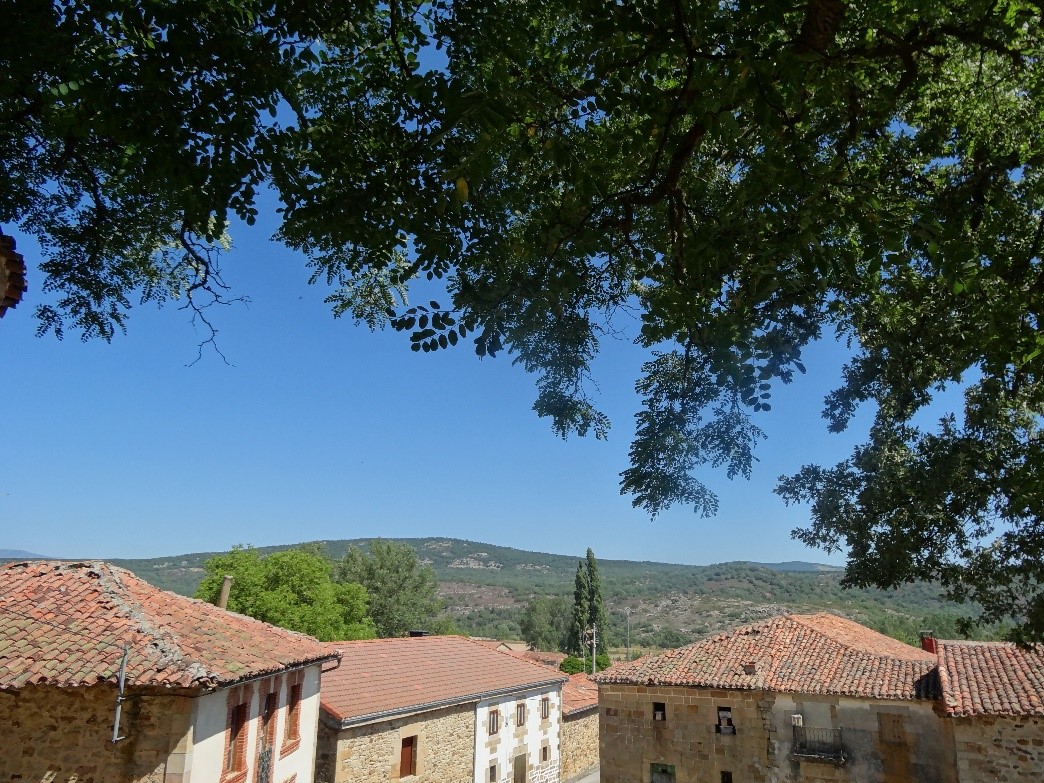
What we did
The first week consisted of visiting various towns and sites around Valderredible, which is in the Cantabria region in Northern Spain. We also attended lectures on the region and on traditional architecture every night. As soon as we reached Polientes, we began professionally analyzing the spaces and buildings around us. Although I’ve had a professional job where I’ve had to analyze imagery before, I was quickly learning an entirely new way to look at what is around me and ask “Why?”. As we traveled through and analyzed places such as San Andrés de Valdelomar, Loma Somera, St. Martín de Elines, and Ruerrero in teams, my mind spun 100 mph (or 160 kph!) with questions and thoughts from what I was seeing, from the people I got to work with, from our professors, and from our lectures. Questions such as “Is the art of architectural composition lost in our society now?” and phrases like “leaking space” buzzed through my head. I couldn’t help but relate what I was learning back to my home and other places in the United States.
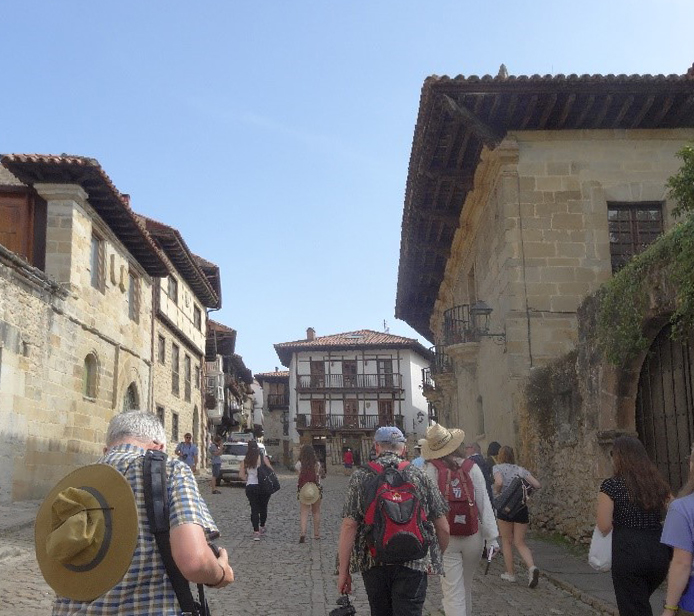

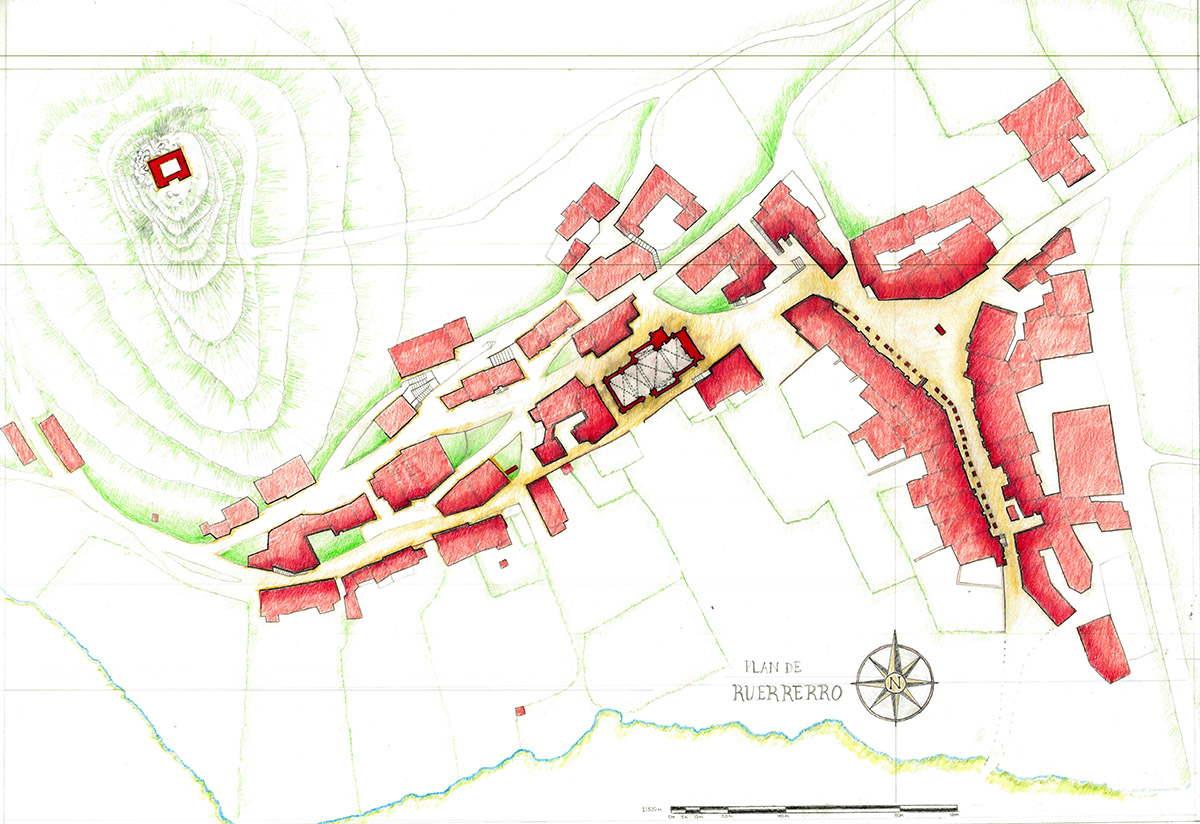
The second week we worked on our designs for future improvements to the township of Polientes using traditional architecture and new urbanism. We used what we had learned and were still learning from our lectures and especially from our visits to create spaces that enhanced the town while keeping true to its vernacular architecture, ornamentation, and materials. We wanted to keep this town human and build for the future while looking to the region’s past for our inspiration.
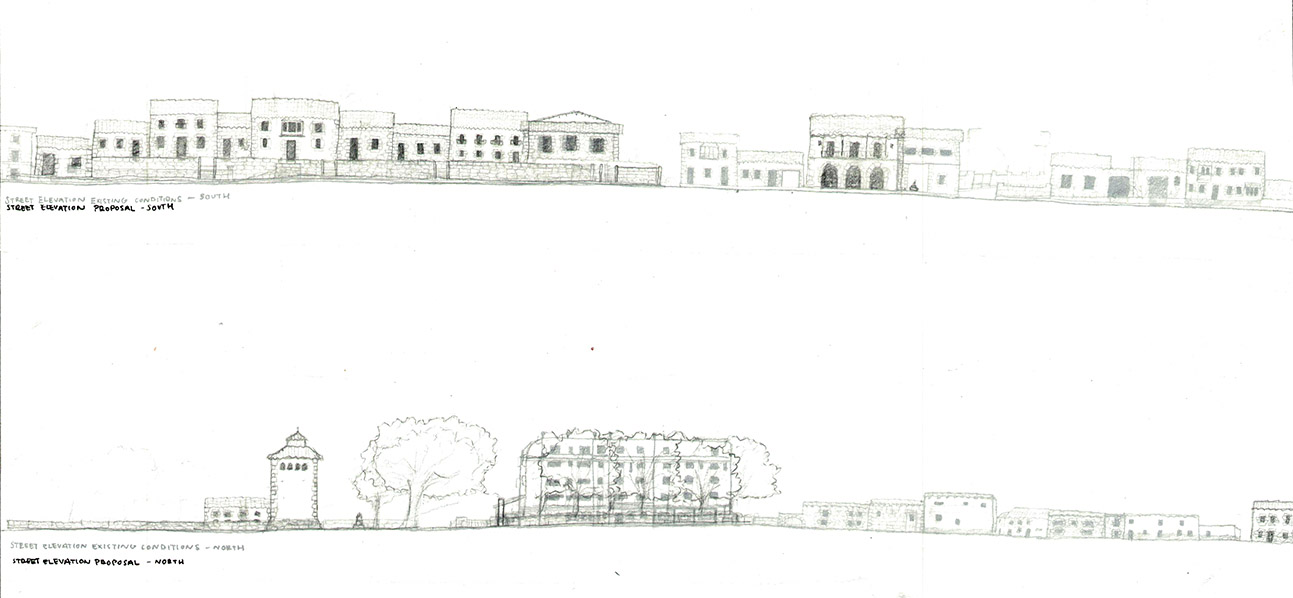
During both weeks, one of my favorite parts of the whole program was getting to interact with all the other participants from around the world. We had the chance to learn from one another, about each other’s culture and language and country, and to grow close as we worked hard during this program. We had so many adventures, unforgettable sights, sunsets, laughing fits so hard they hurt, dinner conversations, unexpected twists and turns, patatas, games, espresso and wine, dancing, and foosball. How wonderful to not only have learned so much about traditional architecture during this program, but also to have such sweet memories with friends I now have who live all around the world.

What I took away from this program
Always, throughout this program, I kept in mind my question of identity. The identity of Valderredible is clear and defined and has been attentively studied by many over the years. The lectures about the local aspects of Valderredible and Cantabria touched me: they were personal and passionate. Hours of research and compilation went into what the lecturers presented to us, and it was clear that they deeply cared about the identity of their home. During our studies I learned how a place can be professionally analyzed and chronicled; careful hand-rendering is an important part of this. Time spent getting to know a place’s people, culture, and existing spaces before beginning architectural work is also important. To become a great architect with renown is quite the achievement, but one does not become an architect for money or fame. Architecture is for people. The spaces that architects create are where people live and work. These created spaces are where our lives are spent; therefore, architects should create with this in mind rather than promote themselves or their own designs. Traditional architecture is the perfect outlet to make sure these spaces fit smoothly into their unique context, and what a perfect program Cantabria Summer School 2019 was to help teach us this.
